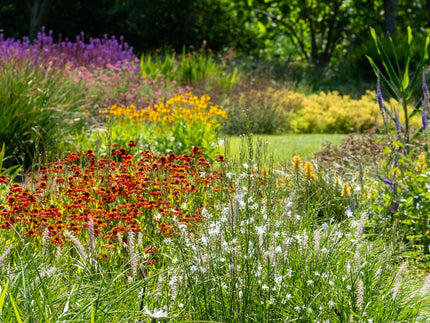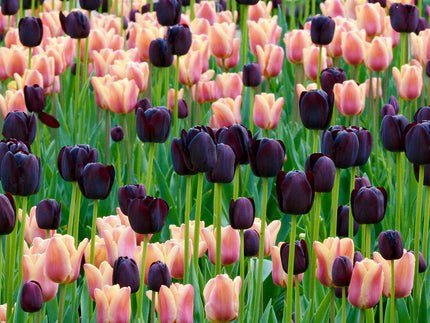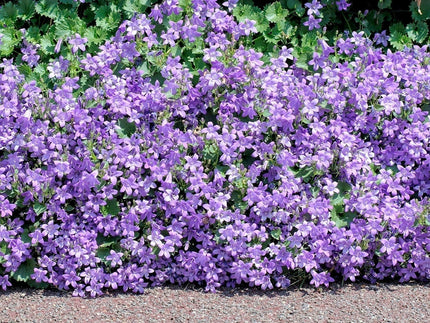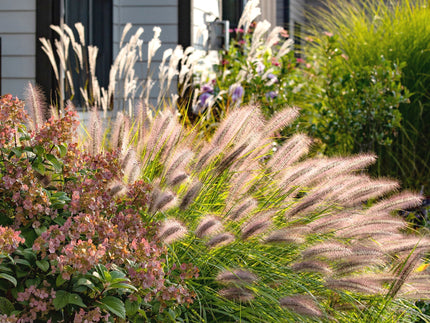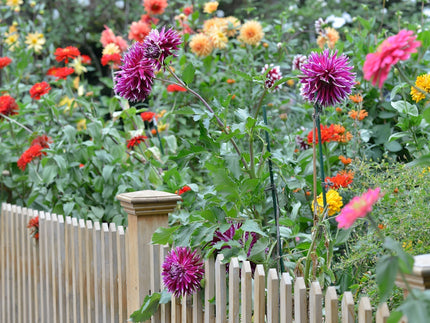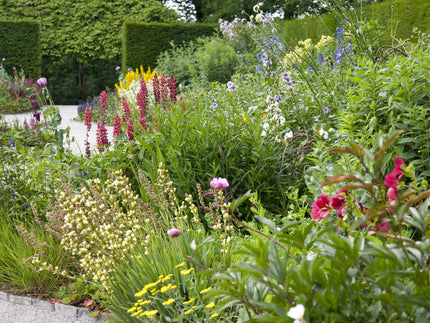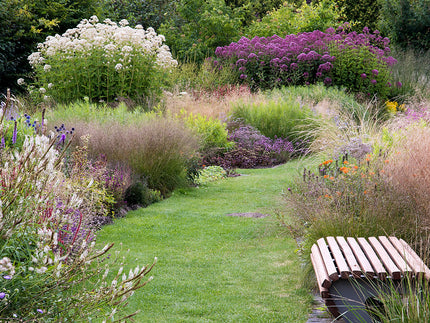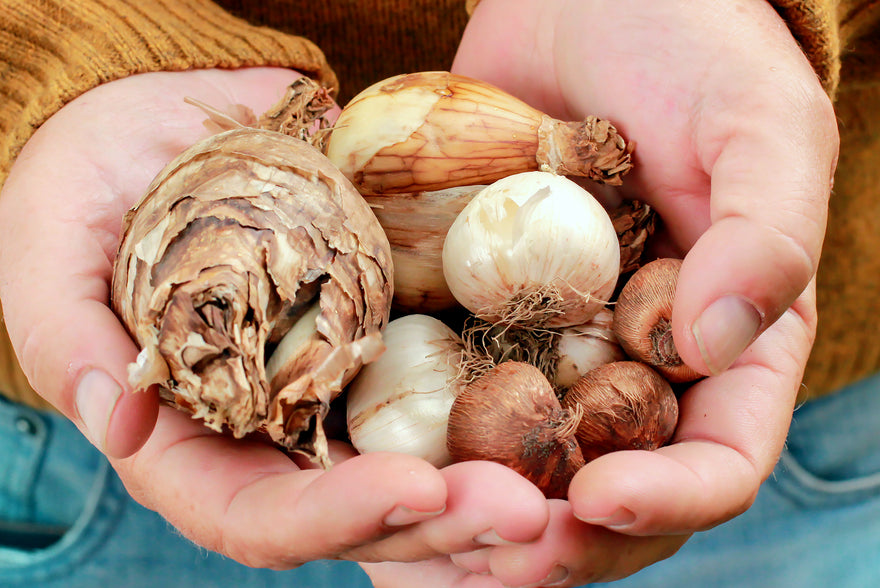
Bulbs, corms, tubers, or rhizomes? The differences!
Gardening enthusiasts often come across terms like bulbs, corms, tubers, and rhizomes. Understanding the differences can be key to successful planting and maintenance. These underground plant structures may look similar but function differently and possess unique characteristics. In this post, we'll explore these fascinating plant parts, revealing what sets them apart and how to care for each.
Bulbs
Bulbs or flower bulbs are perhaps the most recognised among these underground structures. A bulb is essentially an underground storage organ comprising layers of fleshy scales or leaves. These layers store nutrients for the plant’s growth and survival during dormant periods. Common examples include Tulip bulbs, Daffodil bulbs, and Allium bulbs.

Structurally, bulbs can be divided into two main types: tunicate and non-tunicate. Tunicate bulbs, like (ornamental) onions, have a papery outer covering that protects the fleshy scales. This type of bulb stores nutrients in its concentric layers, which are modified leaves. Non-tunicate bulbs, such as lily bulbs, do not have this protective covering and have scales that are more loosely attached.
When planting bulbs, it’s essential to ensure proper depth and spacing to encourage healthy growth. Flower bulbs should generally be planted with the pointed end facing upwards and positioned at a depth roughly two to three times their height. They thrive in well-drained soil and often benefit from a cold treatment period, which simulates winter and encourages blooming.
Corms
Corms are another form of underground storage organ, often confused with bulbs. However, corms differ significantly in structure and function. A corm is a swollen stem base covered with a tunic, and it lacks the fleshy scales found in bulbs. Examples include Crocus corms and Gladiolus corms.

Unlike bulbs, corms are solid inside, with nutrients stored in the starchy tissues. As the plant grows, the corm uses up its stored nutrients and often shrivels. Simultaneously, new corms form on top or alongside the old one, ensuring continual propagation.
Planting corms involves placing them at a depth similar to flower bulbs, around two to three times their height. They also prefer well-drained soil and an environment that mimics their natural habitat to flourish.
Tubers
Tubers are another fascinating type of underground storage organ. Unlike bulbs and corms, tubers are thickened underground stems, devoid of a protective tunic or fleshy scales. Begonia tubers and Dahlia tubers are classic examples of tubers. The key characteristic of tubers is their eyes or buds, from which new shoots and roots emerge. These eyes are crucial for propagation; each eye can develop into a new plant.

The nutrient storage in tubers is typically more dispersed throughout the structure, making them efficient at surviving harsh conditions. Tubers thrive in loose, fertile soil with good drainage. When planting tubers, ensure that the eyes are oriented upwards and cover them with soil. Regular watering encourages the development of roots and shoots.
Rhizomes
Rhizomes are horizontally growing underground stems that often spread just below the soil surface. Unlike bulbs, corms, and tubers, rhizomes mainly serve as a means for the plant to spread and colonise new areas. Examples of plants with rhizomes include ginger plants and cannas.

Rhizomes grow laterally, producing roots and shoots at nodes along their length. This growth habit allows plants to quickly cover large areas and often makes them quite resilient. The nutrient storage in rhizomes is also more distributed, supporting the plant's growth and propagation.
When planting rhizomes, it's essential to bury them just beneath the soil surface, not too deeply, allowing the shoots to emerge easily. Proper spacing is vital due to their spreading nature; give them enough room to grow and avoid overcrowding. Rhizomes favour well-drained soil and often benefit from regular watering and fertilisation.
Summary
Understanding these underground storage organs allows gardeners to better care for their plants. Here's a quick recap:
- Bulbs: Layered, nutrient-storing, have a protective tunic (e.g., tulips, daffodils)
- Corms: Solid, nutrient-storing, tunic-covered, propagate by forming new corms (e.g., crocuses, gladioli)
- Tubers: Thickened stems, nutrient-dispersed, have eyes for new shoots (e.g., begonias, dahlias)
- Rhizomes: Horizontally growing stems, spread and colonise, distribute nutrients (e.g., ginger, cannas)
Selecting the proper planting method and care for each can result in a thriving and beautiful garden. By understanding the unique characteristics and needs of bulbs, corms, tubers, and rhizomes, you can ensure healthy growth and vibrant blooms year after year.





















































































































































































































